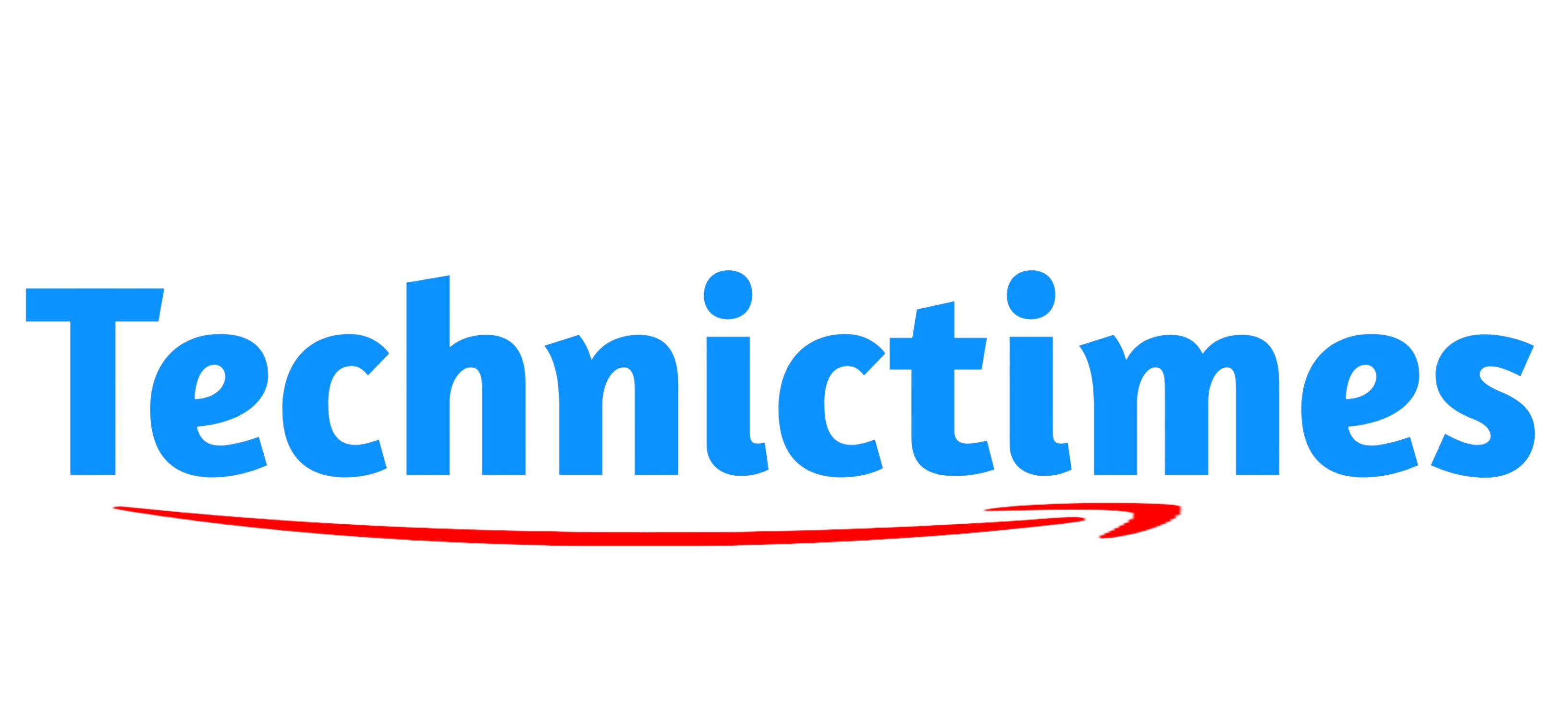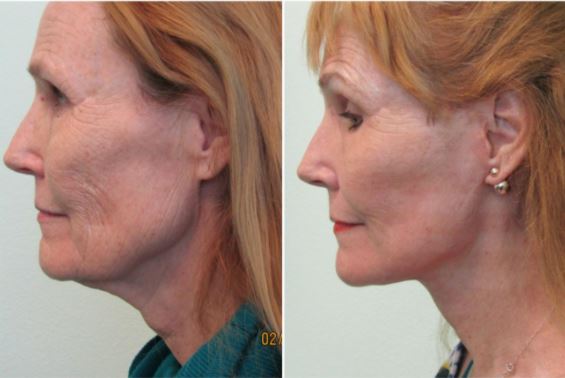There are many factors that can affect the price of a CO2 laser. First, the quality of the laser is important. A good quality laser should be feature-packed and competitively priced. In addition, you should consider the possible side effects of CO2 laser treatment. Fortunately, most of these symptoms will disappear within a few days.
Thunderlaser
There are a few things to look for when considering the price of a co2 laser. The first is the warranty. This will vary by manufacturer and may range from one year to two years. You should also look for the ease of replacement parts. Some companies will ship parts to your home, while others will require you to install them. Your decision on which type of laser to purchase should also take into account space, power, and other factors. Some lasers require 220V, so you must make sure there are power outlets nearby.
Another consideration is the size of the treatment area. While CO2 laser treatments are most often performed on the entire face, there are also smaller areas that can be treated. These can include sunspots and uneven skin texture. However, these treatments are more expensive and require more time. Additionally, you should keep in mind that one treatment is often enough for optimal results.
QUALITY FIRST
While it is tempting to save money on a CO2 laser by looking for a cheap unit, you should always remember to look for quality first before spending a dime on a machine. There are several factors that determine the quality of a product. These include the size of the manufacturer, the professional level of the technicians, the warranty period, delivery time and production assembly process. In addition, you should check the quality control system and technical indicators.
First, you must consider the material to be cut. While CO2 lasers can be used for cutting mild and stainless steel, you may find them less efficient on non-metallic materials such as aluminum. The wavelength of the CO2 laser is high, which makes it less suitable for cutting non-metallic materials like plastic and wood. Moreover, the high frequency of the CO2 laser can damage the optical components of the cutting head. This, in turn, reduces the lifetime of the consumables.
FEATURE-PACKED
A Co2 laser has several key features. One of these is its power rating, which the manufacturer typically provides. A typical device can deliver up to 60 kW of power. The power rating of a carbon dioxide laser will determine its suitability for different applications, such as cutting and welding. However, lower power lasers are more appropriate for laser marking applications, such as barcodes.
Another feature that sets Co2 lasers apart from other lasers is their wavelength. This wavelength is approximately 15-20 times longer than the visible light spectrum. While this wavelength is not appropriate for most materials, it can be used to engrave metallic surfaces using special paste. However, Cermark paste is expensive. A Co2 laser can cut most materials easily and is suitable for industrial applications.
COMPETITIVELY PRICED
The main disadvantage of CO2 lasers is their high cost, which is directly related to their cost to set up. Fiber lasers, on the other hand, are more cost-effective, as they do not require lasing gas, which requires regular maintenance. This saves job shop’s money, as the cost of lasing gas can be as high as $30k annually.
The report includes detailed information on CO2 laser markets, including regional segmentation and competitive landscape. It also covers growth opportunities and market size analysis.
Can a Laser machine Cut a glass?
A laser machine can cut a variety of materials, including glass. However, it is important to learn how to use this tool properly. The cutting process requires the proper settings, which are dependent on the thickness of the material. It is also important to wear protective clothing and a full sleeved shirt when using a laser machine,click here
The process of laser cutting involves a high-power pulsed laser beam. The beam is focused on the work area using a high-quality lens. The laser beam’s focused spot has a diameter of less than 0.0125 inches (32 mm). The kerf width can be as small as 0.004 inches (0.10 mm). The cutting process also requires piercing, which is performed before each cut. In this step, a high-power pulsed laser beam penetrates the surface and makes an elliptical cut.

